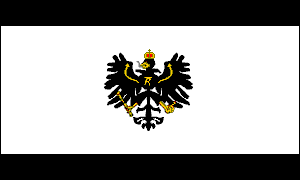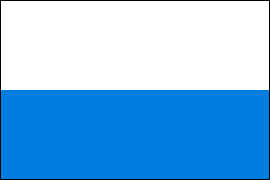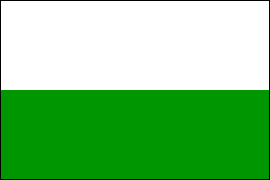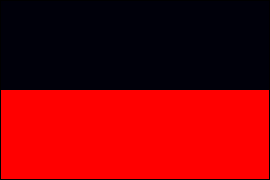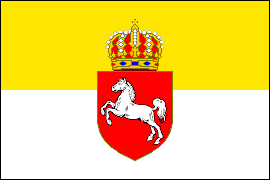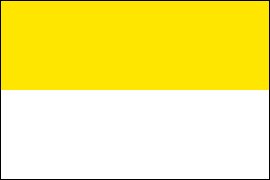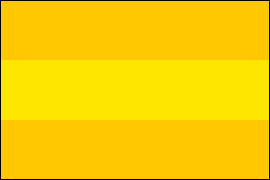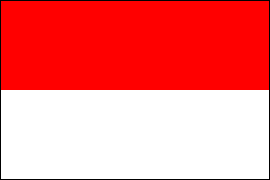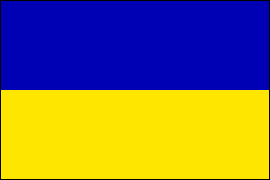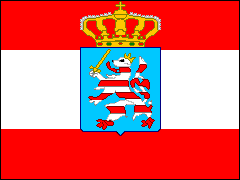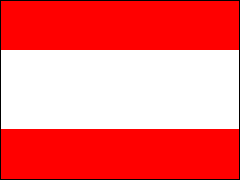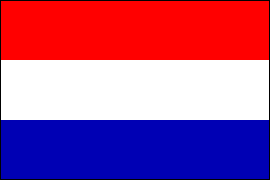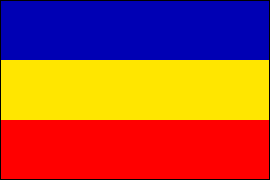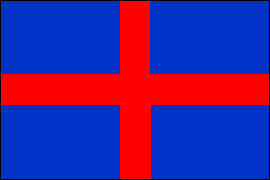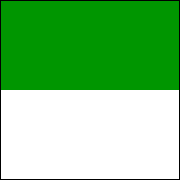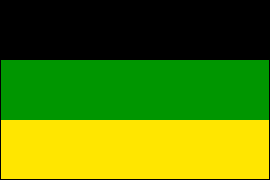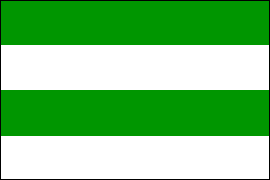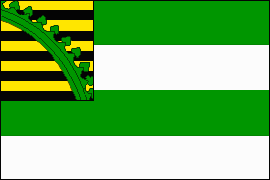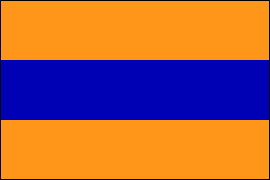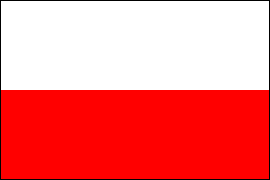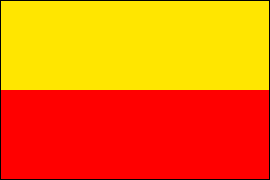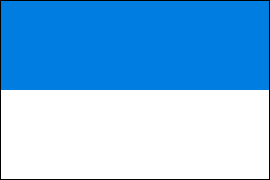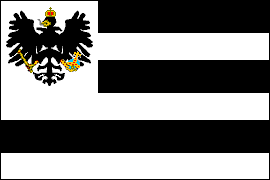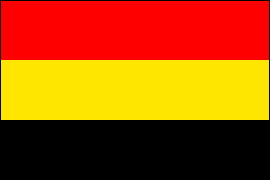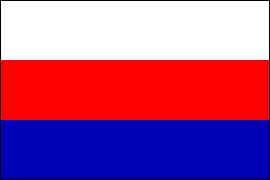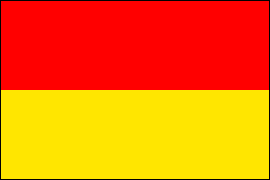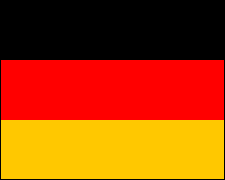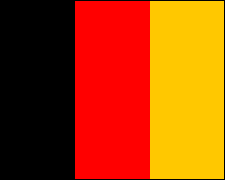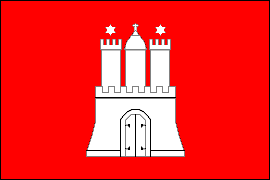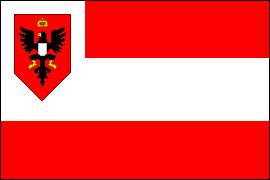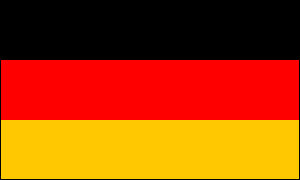GERMAN CONFEDERATION
FLAGS OF THE MEMBER STATES
The French Revolution sounded the death knell of the Holy Roman Empire, the loose association of states, usually under a Habsburg monarch, that had ordered the affairs of Germany since ancient times. With over 300 members ranging from large kingdoms, electorates and dukedoms to miniscule principalities and free cities, the Empire's lack of a strong central authority was a fatal handicap. It was dissolved by Napoleon in 1807 and replaced by the Confederation of the Rhine, a collection of consolidated client states. The Confederation of the Rhine in its turn collapsed with the defeat of Napoleon in 1814, leaving the Congress of Vienna with the daunting task of creating a new German polity.It was accepted that many of the changes dictated by Napoleon could not be undone. The Holy Roman Empire was gone for good, along with scores of petty dukedoms, principalities, bishoprics and free holdings. The new German polity, simply titled the German Confederation (Deutscher Bund), was to consist of just 40 states. Fewer than a dozen of these were substantial states and two—the Austrian Empire and the Kingdom of Prussia—were by far the most powerful. The Bund had no executive head and in the Federal Assembly votes were apportioned among the member states based on their size. The larger states were given one vote apiece; 23 smaller and tiny states shared five votes and the four free cities shared one vote. A common army was provided for, with each state contributing forces according to its size.
The design of the Bund reflected the desire of Europe's conservative statesmen to provide Germany with an organizing principle while preventing any one power from dominating the country. Up to 1848 it was generally conceded that Austria was the leading German state; thereafter tensions between Austria and Prussia steadily undermined the Bund. Over the years there were some changes in membership, e.g. due to the consolidation of the Saxon duchies. On this page are presented the flags of the member states as they stood in 1848. In that year of revolution hopes were raised that the weak Bund could be transformed into a true German nation under the black-red-gold flag of liberal nationalism, but these hopes were soon dashed. The Bund came to an end in 1866, after Prussia's victory in the Austro-Prussian War. The peace settlement excluded Austria from the management of German affairs, enlarged Prussia by the annexation of Hanover and other territories, created a North German Confederation dominated by Prussia, and set the stage for the unification of Germany in 1871.
Note on Flags and Flag Proportions: Most of the states of the Deutscher Bund had flags of simple design based on their Landesfarben (state colors), usually derived from the state or princely coat of arms. Sometimes in addition to the Landesfarben flag there was a state flag for use by authorities; I have illustrated some of these. I have chosen to depict most of these flags in 2:3 proportions though probably sizes and proportions varied with the whims of flag makers. Where unusual proportions are known to have been specified, I have shown these.
Other Flags of the German Confederation: See here for the naval flags of the Bund used from 1848 to 1852.

